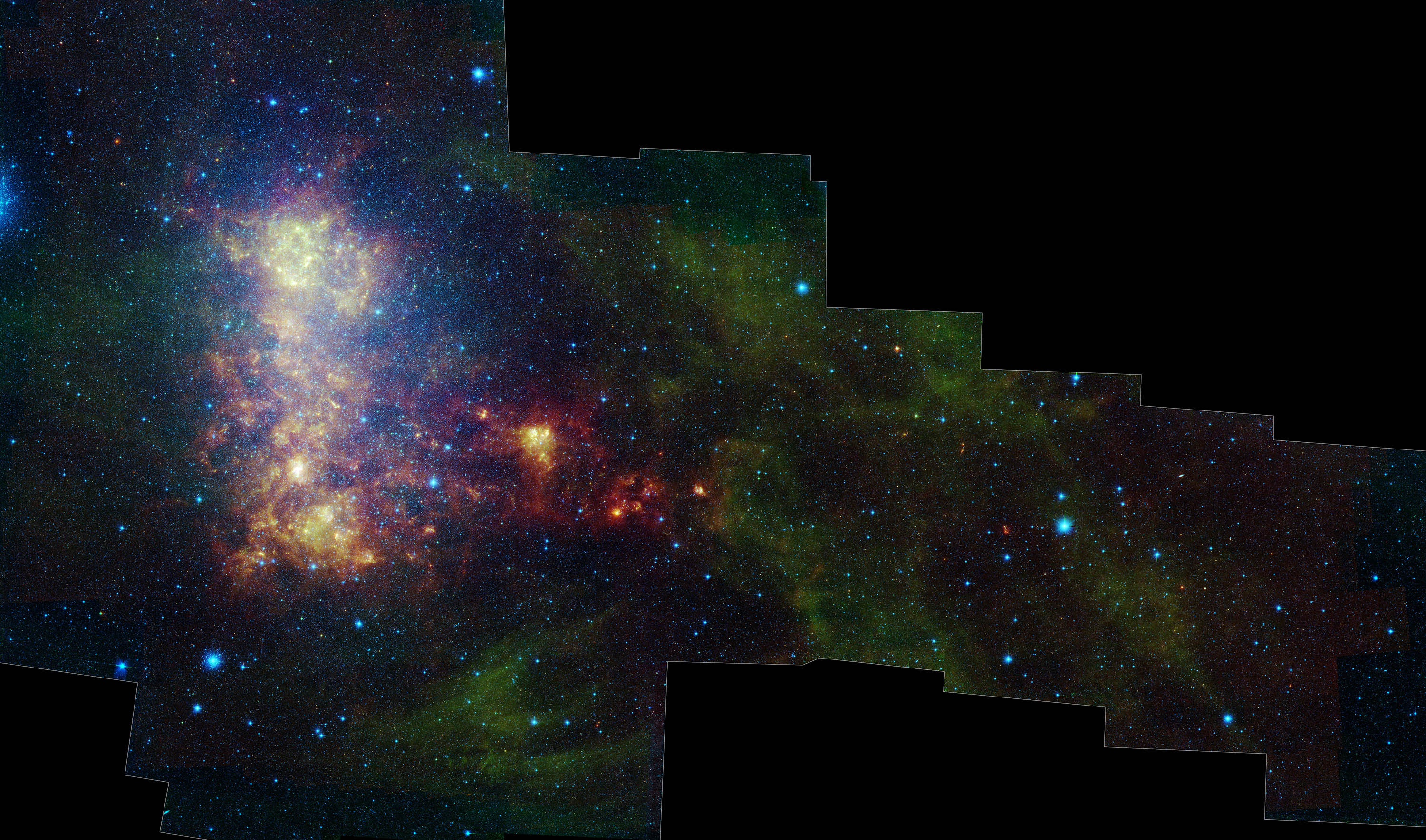Please login in order to download photos in full size
If you are not registered, please register for free: www.Free-Photos.biz/register
Please note to download premium images you also need to join as a free member..
You can also save the photos without the registration - but only in small and average sizes, and some of them will have the site's watermark. Please simply click your right mouse button and save the image.
Please login in order to like photos
If you are not registered, please register for free:
Sorry, non-members can download up to 1100 full-size photos per month.
It looks like you have used up your limit.
Free members can download an unlimited number of full-size photos - including the premium free photos.
Join as a member today for FREE! - and download the images without limitations:
www.Free-Photos.biz/membership.php
You can also save the images without the membership - but only in small and average sizes, and some of them may have the site's watermark. Please simply click your right mouse button and save the image.

|
This is a premium free photo
This photo was viewed 2 times and was downloaded in full size 1 times.
This photo was liked 0 times
If you are a member, please login in order to see the source link of the above image.
Summary
| Description |
English: The infrared portrait of the Small Magellanic Cloud, taken by NASA's Spitzer Space Telescope, reveals the stars and dust in this galaxy as never seen before. The Small Magellanic Cloud is a nearby satellite galaxy to our Milky Way galaxy, approximately 200,000 light-years away.
The image shows the main body of the Small Magellanic Cloud, which is comprised of the "bar" and "wing" on the left and the "tail" extending to the right. The bar contains both old stars (in blue) and young stars lighting up their natal dust (green/red). The wing mainly contains young stars. The tail contains only gas, dust and newly formed stars. Spitzer data has confirmed that the tail region was recently torn off the main body of the galaxy. Two of the tail clusters, which are still embedded in their birth clouds, can be seen as red dots. In addition, the image contains a galactic globular cluster in the lower left (blue cluster of stars) and emission from dust in our own galaxy (green in the upper right and lower right corners). The data in this image are being used by astronomers to study the lifecycle of dust in the entire galaxy: from the formation in stellar atmospheres, to the reservoir containing the present day interstellar medium, and the dust consumed in forming new stars. The dust being formed in old, evolved stars (blue stars with a red tinge) is measured using mid-infrared wavelengths. The present day interstellar dust is weighed by measuring the intensity and color of emission at longer infrared wavelengths. The rate at which the raw material is being consumed is determined by studying ionized gas regions and the younger stars (yellow/red extended regions). The Small Magellanic Cloud, and its companion galaxy the Large Magellanic Cloud, are the two galaxies where this type of study is possible, and the research could not be done without Spitzer. This image was captured by Spitzer's infrared array camera and multiband imaging photometer (blue is 3.6-micron light; green is 8.0 microns; and red is combination of 24-, 70- and 160-micron light). The blue color mainly traces old stars. The green color traces emission from organic dust grains (mainly polycyclic aromatic hydrocarbons). The red traces emission from larger, cooler dust grains. The image was taken as part of the Spitzer Legacy program known as SAGE-SMC: Surveying the Agents of Galaxy Evolution in the Tidally-Stripped, Low Metallicity Small Magellanic Cloud. |
| Date | |
| Source | https://www.spitzer.caltech.edu/images/2878-ssc2010-02b-Little-Galaxy-with-a-Tail |
| Author | NASA/JPL-Caltech/K. Gordon (STScI) |
Image use policy: https://www.spitzer.caltech.edu/info/18-Image-Use-Policy
Licensing
| This file is in the public domain because it was solely created by NASA. NASA copyright policy states that "NASA material is not protected by copyright unless noted". (See Template:PD-USGov, NASA copyright policy page or JPL Image Use Policy.)
|
|
 |
Warnings:
|
Public Domain
| EXIF data: | |
| File name | little_galaxy_with_a_tail.jpg |
|---|---|
| Size, Mbytes | 1.0906748046875 |
| Mime type | image/jpeg |
| Orientation of image | 1 |
| Image resolution in width direction | 72 |
| Image resolution in height direction | 72 |
| Unit of X and Y resolution | 2 |
| Color space information | 65535 |
| Exif image width | 3000 |
| Exif image length | 1768 |
| Software used | Adobe Photoshop CS3 Macintosh |
| Copyright holder | 0 |
While the copyright and licensing information supplied for each photo is believed to be accurate, Free-Photos.biz does not provide any warranty regarding the copyright status or correctness of licensing terms. If you decide to reuse the images from Free-Photos.biz, you should verify the copyright status of each image just as you would when obtaining images from other sources.
The use of depictions of living or deceased persons may be restricted in some jurisdictions by laws regarding personality rights. Such images are exhibited at Free-Photos.biz as works of art that serve higher artistic interests.
PRIVACY POLICY
By registering your account and/or by subscribing to new and newly rated photographs you agree we may send you the links to photos and we may occasionally share other information with you.
We do NOT disclose your personal data.



